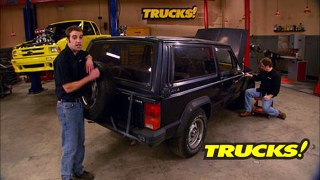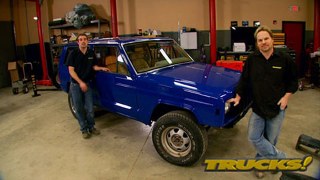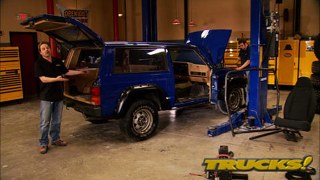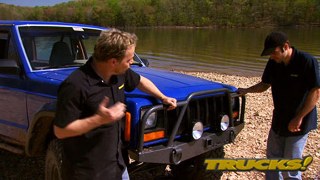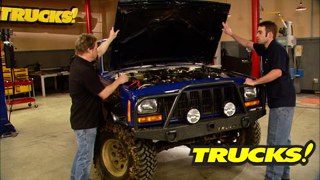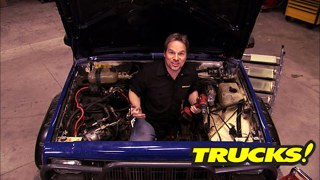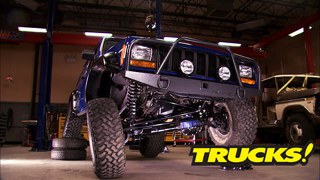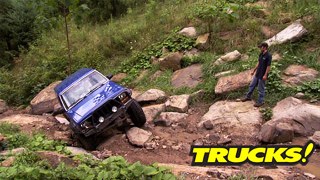Parts Used In This Episode
All Star Auto Salvage
Used rear 8.8 axle housing, used front axle shafts, battery box.
Auto Body Toolmart
Five ton Mighty Pull frame puller, hook and chain sets, floor anchor pots, Mo-Clamps.
Insurance Institute for Highway Safety
Crash footage.
Lokar
Billet Locking Dipsticks for transmissions and engines.
Quadratec
Steel front fenders both drivers and passenger side, manual mirrors for both sides, side marker lens for both sides, parking lamps for both sides, front header panel.

